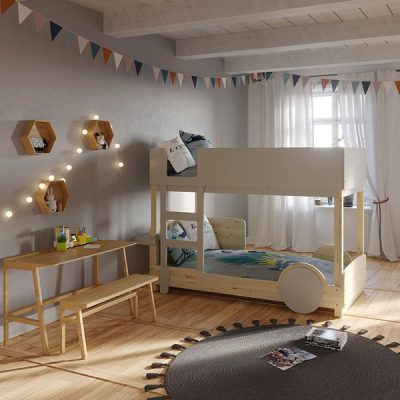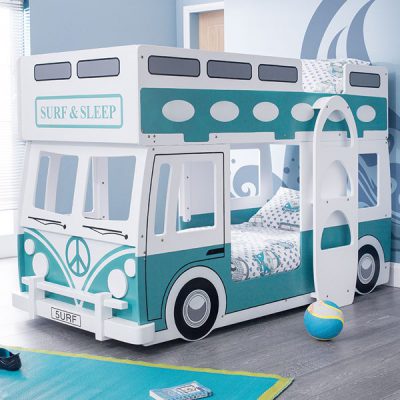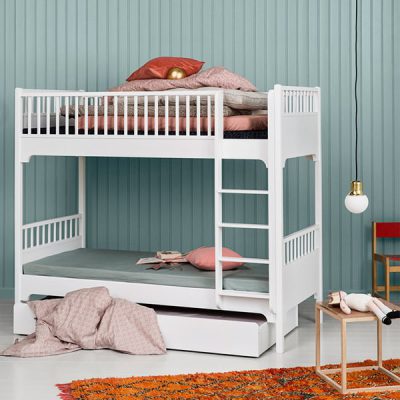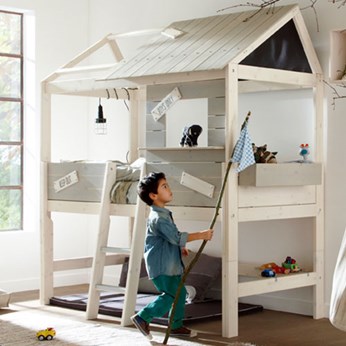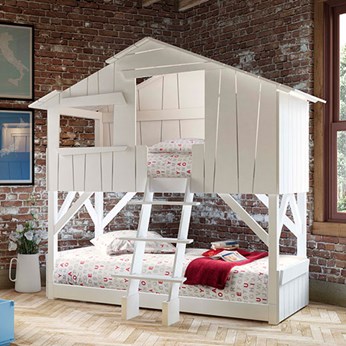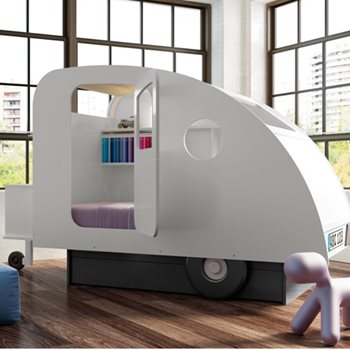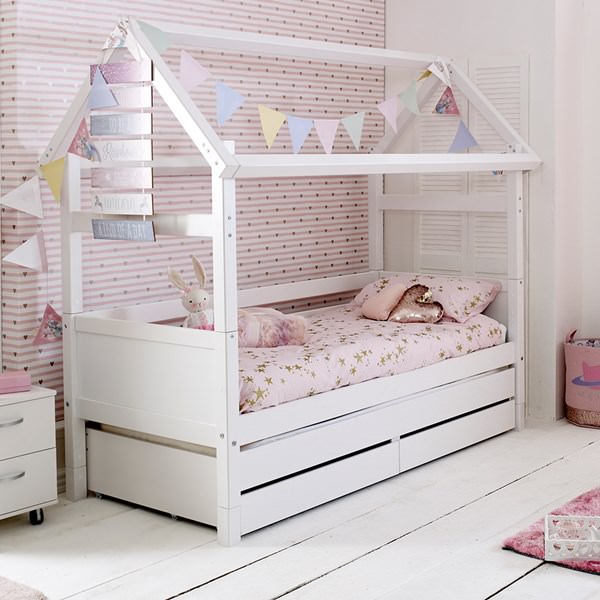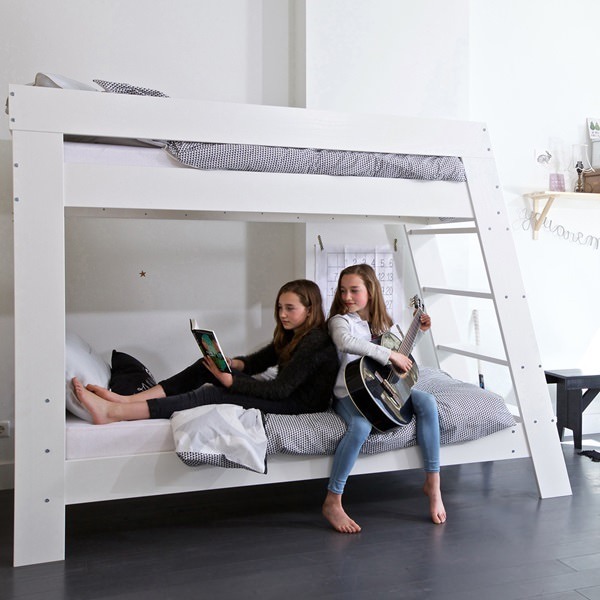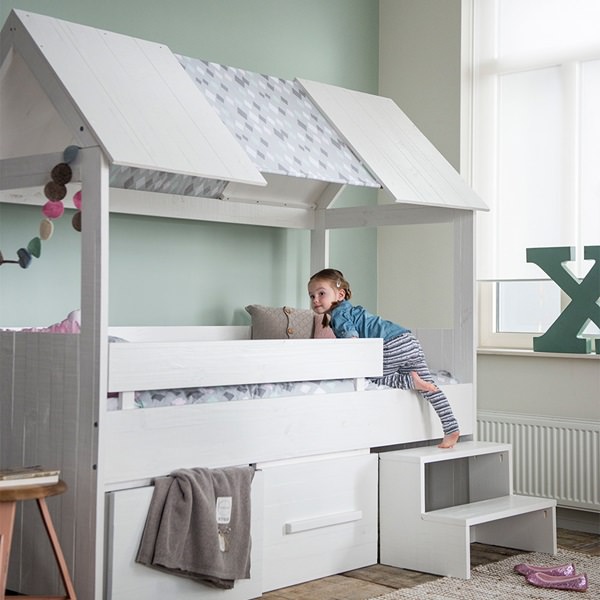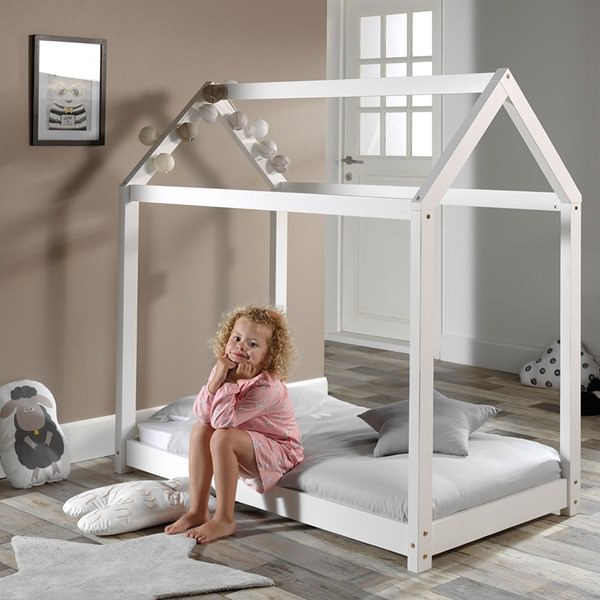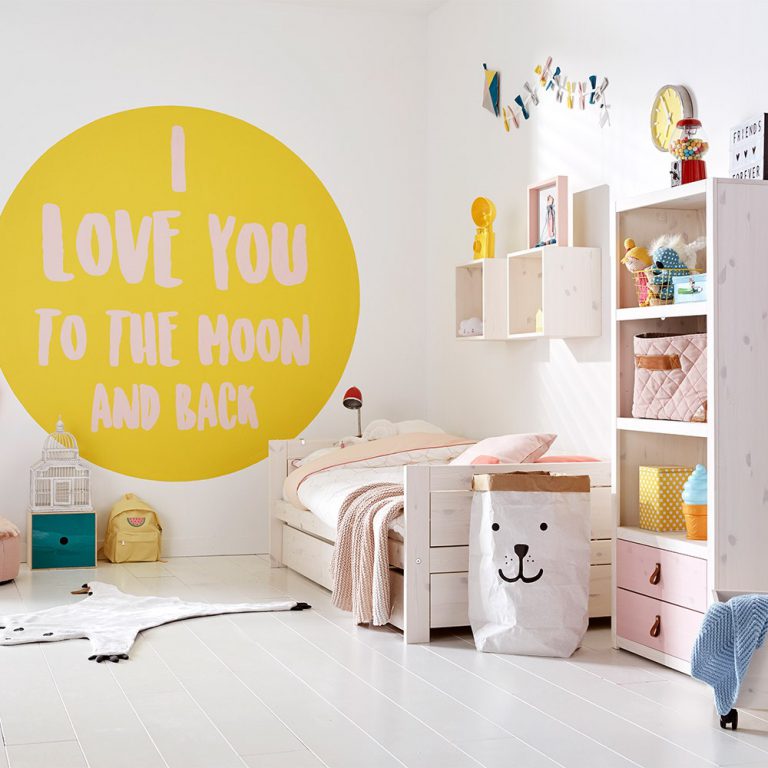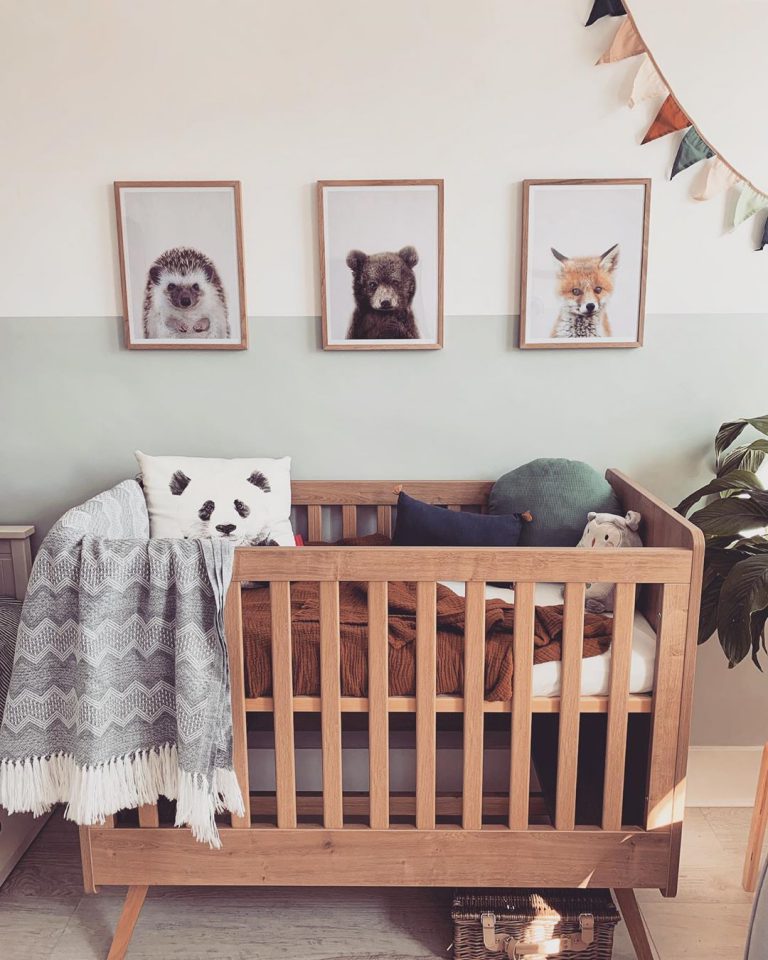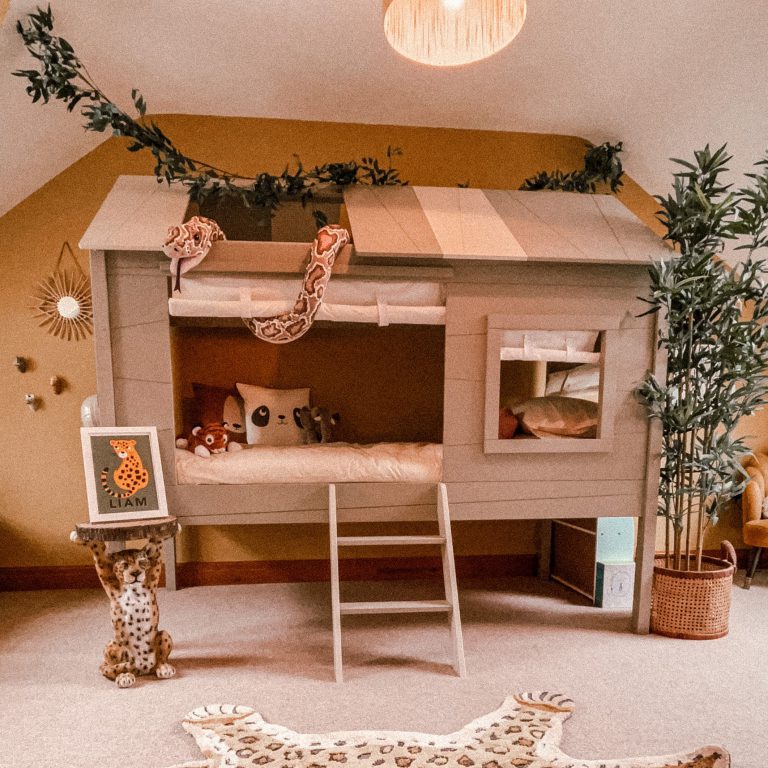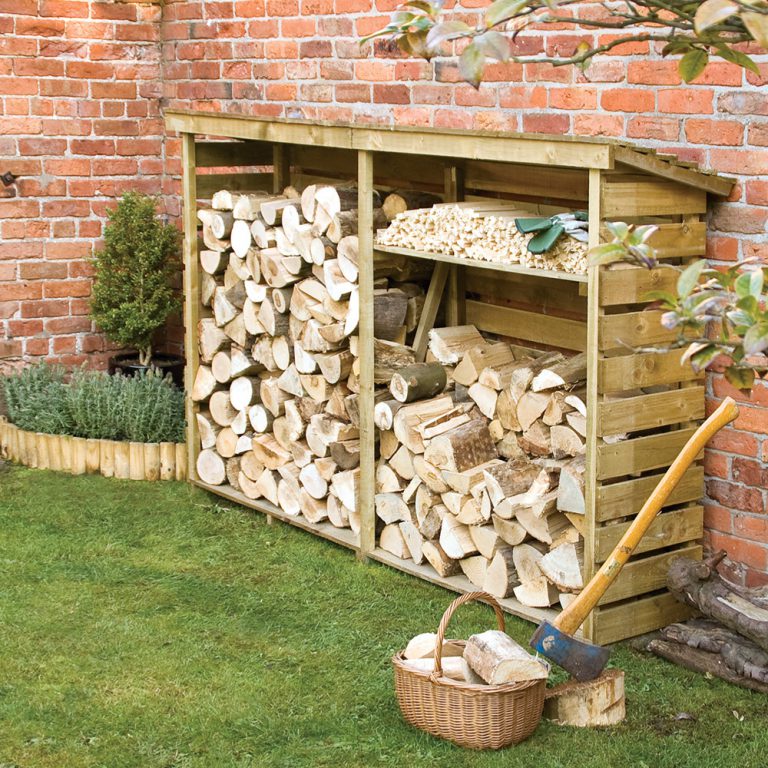Guide To Bunk Bed Safety
It’s almost inevitable that at some point in their life, your child will want a bunk bed. The prospect can be quite daunting for many parents who are concerned about the safety of their child. These concerns are completely understandable, but when used properly, bunk beds are just as safe as any other kind of bed. We’ve put together some guidelines for bunk bed safety so you can sleep easy in the knowledge that your child is too.
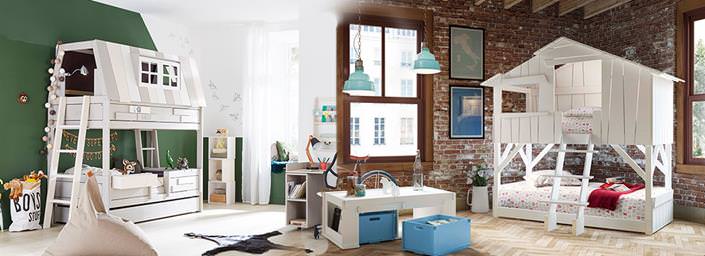
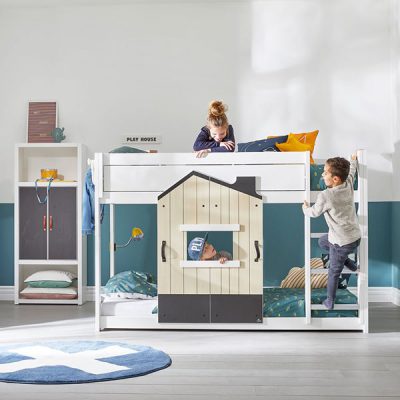
Bunk Bed Regulations
New regulations were recently brought in for bunk beds to ensure any risks are kept to a minimum. This means the beds are much safer than their old counterparts. All bunk beds must now have:
- No gaps that are less than 60mm or more than 75mm
- Guard rails fitted on each side of the top bunk
- An entrance/exit gap in a long side of the bed that is a minimum of 300mm wide
- Ladder rungs at least 3cm wide and 20cm apart
- A mattress that sits securely at least 10cm below the tops of the guard rails
- Gaps between the slats below the mattress that are no less than 7.5cm
You should also ensure any bunk bed you purchase has a sturdy frame and doesn’t show any signs of wear and tear.
What are the Risks Associated with Bunk Beds?
It’s never nice to think about something bad happening to your little one, but it’s important to know the risks associated with bunk beds so that you can take steps to prevent accidents from happening. The most common bunk bed related accidents are falls, trapped limbs, suffocations, and strangulation.
Nearly all accidents involving bunk beds are completely preventable, and there are lots of things you can do to make sure your child uses their bunk bed safely.
Bunk Bed Safety Rules to Help Your Child Enjoy their Bed Safely
Having a conversation with your child about using their bed safely is a huge part of bunk bed safety. A high proportion of bunk bed accidents happen due to children playing on or near their beds, so you should make it clear to your child that their bed is not a toy. It’s a good idea to set some ground rules as soon as you have installed the bunk bed, so good habits form from the start.
- Only one person should ever sleep on the top bunk. It’s very important not to exceed the bunk’s weight limit, and having multiple children in the same bunk increases the risk of someone falling out of the bed.
- Always use the ladder when climbing up to the top bunk; never a chair, the frame itself, or anything else.
- No bouncing on either of the bunks. There is a risk of falling from both bunks, or your child could hit their head on the ceiling or underside of the top bunk.
- Keep the space around the bunk bed clear. Toys, clothes, and other furniture should be stored safely away from the bed area.
- No playing on, in or around the bunk bed. Of course, an exception to this is if you have purchased a bunk bed with a built-in play area.
If your child understands and abides by these basic rules, you will significantly reduce the chances of any bunk bed-related accidents. Make sure to repeat these rules to any friends that your child may invite for a sleepover.
How to keep a Bunk Bed Safe & Fun
Alongside making children aware of the bunk bed safety rules, there are several other measures that parents can take to decrease the risks of any bunk bed related injuries.
- Always test a bunk bed prior to letting your child sleep in it. This is especially important if you have assembled the bed yourself. You should always follow the manufacturer’s instructions and perform a full safety test before use. Check that the frame is sturdy and that there are no protruding parts.
- Babies and toddlers should always have their own cot. Although you may be investing in a bunk bed due to the arrival of a second child, children should only be allowed in a bunk bed at the age you would purchase them a single bed.
- Children should be at least 6 years old before being able to sleep on the top bunk. Experts do not recommend allowing children any younger than this in the top bunk.
- Place the bunk bed on a carpeted floor. If the worst does happen and your child does fall out of the bed, carpeted floors have been shown to reduce the risk of a head injury. If carpet is not available, a large rug will also do the job.
- Position the bunk bed away from any ceiling fans, light fixtures, or windows. This further reduces the risk of head injury or falling from height.
- Never tie any kind of rope or string to any part of the bed. This goes for clothing too, don’t use your child’s bunk bed as a clothes horse. These things pose a real risk for strangulation or suffocation, so keep them well away.
- Consider installing a nightlight. This will make it easier for your child to get in and out of bed safely during the night, which is especially important if your child is prone to night time toilet trips. At the very least you should place a light switch within easy, safe reach of the bunk bed.
- Make sure your child can sit up safely in bed. There should be sufficient space between the ceiling and the top bunk that your child can sit up without risk of hitting their head.
Require more assistance?
If you’re looking to purchase a bunk bed and would like further help, please email our friendly team or call us on +44 (0) 1305 231231 and we’ll be happy to provide further information and some more expert advice.
Alternatively, if you don’t think a bunk bed is right for you, why not check out our wide range of other kids bed types. We offer loads of fun designs with something to suit every budget, so there’s sure to be something both you and your child will love.
